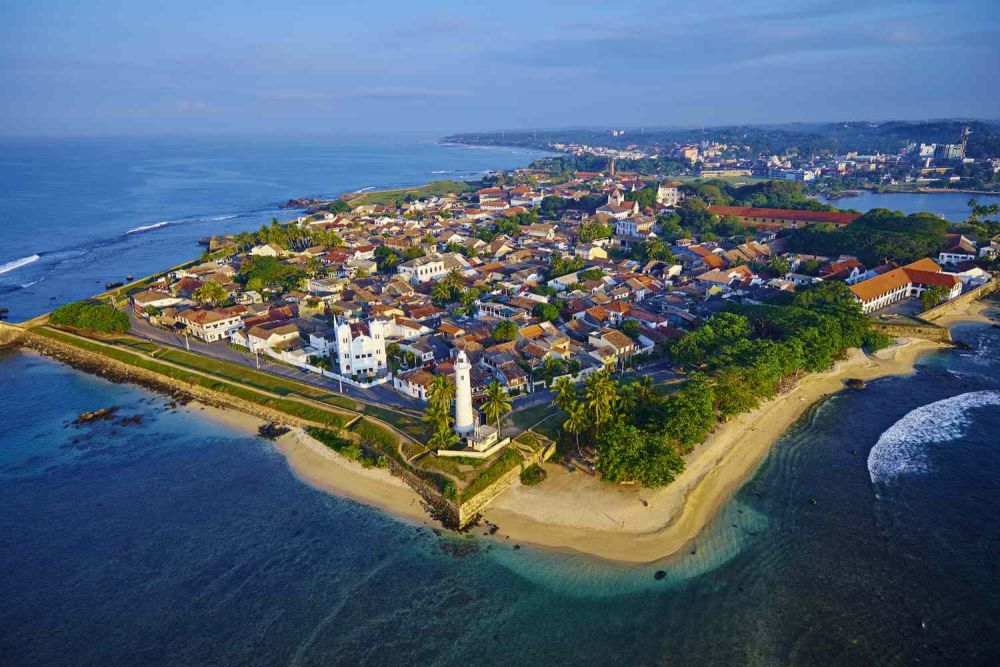

Galle, a historic city on the southwestern coast of Sri Lanka, has long been known for its unique blend of natural beauty and cultural heritage. The city's tourism history is intertwined with its colonial past and the renowned Galle Fort, a Unesco World Heritage site.
The city's prominence as a tourist destination dates back to the colonial era when the Portuguese first arrived in the 16th century, followed by the Dutch and the British. The European powers not only fortified Galle but also left their imprint on the city's architecture, traditions, and cultural sites, which continue to attract visitors from around the world.
In the 1960s and 1970s, Galle and its idyllic surroundings started becoming a hotspot for travelers seeking sun, sand, and a taste of the exotic. It was the beauty of the beaches and the allure of the historic Galle Fort that initially drew tourists to this part of Sri Lanka. With the opening of new hotels and the improvement of transportation infrastructure, the tourism industry in Gale began to flourish.
The introduction of boutique hotels and the restoration of colonial buildings into tourist accommodations within the Galle Fort area have given a significant boost to local tourism in recent decades. These efforts have made it possible to experience the city's history in a more immersive and authentic way.
The 2004 Indian Ocean tsunami was a devastating blow to the coastal city and its tourism industry. However, the rebuilding and restoration work in the years that followed have restored Galle's appeal and brought resilience to its people and the sector.
In recent years, sustainable and responsible tourism has become increasingly important in Galle. There is a growing trend towards eco-friendly travel experiences, with tourists seeking out hotels and tours that preserve the natural environment and contribute positively to the local economy.
Galle remains a magnetic destination for cultural enthusiasts, history buffs, and beach lovers alike. Whether it's exploring the historic Galle Fort, visiting the city's museums, or enjoying the pristine beaches, Galle offers an array of experiences for every kind of traveler in a backdrop of outstanding historical significance and stunning scenery.
The global COVID-19 pandemic brought about a sharp decline in international travel, affecting Gale's tourism considerably. Nonetheless, as the situation improves and travel begins to recover, Galle is adapting to new health and safety protocols to ensure that it remains a top tourism destination in a post-pandemic world.
The rich tapestry of Galle's history and its evolution into a modern-day tourism marvel illustrate the city's resilience and enduring charm. As a testament to its past and a beacon for future growth, Galle continues to stand out as one of Sri Lanka's most cherished treasures, inviting visitors from across the globe to discover its many wonders.